Camera blind test: Double victory from China and the test dilemma
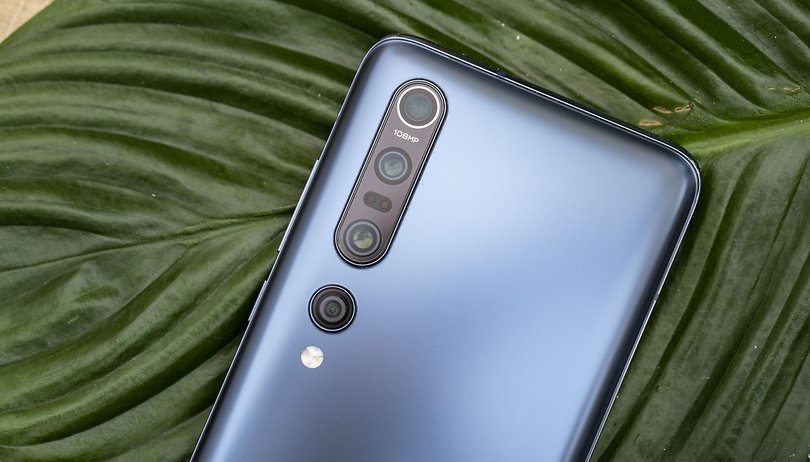

Which smartphone has the best camera? You have decided in our blind test! We went on a photo tour with the Huawei P40 Pro+, the Xiaomi Mi 10 Pro, the Samsung Galaxy S20 Ultra, the OnePlus 8 Pro, and the Realme X3 Superzoom - and you chose the best photos. The trick: You didn't know which photo was from which phone.
tl;dr: Who won?
Although some votes were extremely close and some of the winners were very clear, we have two winners this time - depending on the counting method.
If we added up all the percentage points across all of the challenges, the smartphones that outshone the rest of the competition in individual situations happen to have an advantage. In this case, a large advantage is included in the overall result. The result would then look like this:
Blind test winner by percentage points
| Rank | Smartphone | Cumulative percentage points |
|---|---|---|
| 1 | Huawei P40 Pro+ | 197 percent |
| 2 | Xiaomi Mi 10 Pro | 175 percent |
| 3 | Samsung Galaxy S20 Ultra | 146 percent |
| 4 | OnePlus 8 Pro | 104 percent |
| 5 | Real X3 Superzoom | 78 percent |
Note: The survey ran on the French, German and English domains. We have averaged the results out for the evaluation.
But if we were to determine a winner over every challenge and reward the placement with points in every scenario, then we will arrive at a slightly different result. In this case, the first-placed handset receives five points, the second four, the third three, and so on. If there is a tie, the next placement is omitted. The results would then look like this:
Blind test winner by points
| Rank | Smartphone | Total points |
|---|---|---|
| 1 | Xiaomi Mi 10 Pro | 27 |
| 2 | Huawei P40 Pro+ | 25 |
| 3 | Samsung Galaxy S20 Ultra | 24 |
| 4 | OnePlus 8 Pro | 16 |
| 5 | Real X3 Superzoom | 14 |
To cut a long story short: There is no "best camera smartphone", there is only the best device for you. Have a look at the pictures, and best in direct comparison to your other options. Which particular image do you like the best? Compose your own picture and find out.
In addition, the above evaluation of the blind test depicts a problem that plagues any other test which require a score: If you count differently, the order within the high score list changes as well. Bear this in mind when you look at test reports in the future, regardless of which publication runs it.
In the following, you can see all photos with the respective devices in the subtext.
1. Indoor shots under artificial light
In the first scenario, the Samsung Galaxy S20 Ultra was the runaway winner with one-third of the total votes. The dynamic range is wide, but the photo still looks natural. The Xiaomi Mi 10 Pro and the Huawei P40 Pro+ follow in second place.
Comparison pictures: Indoor shot under artificial light
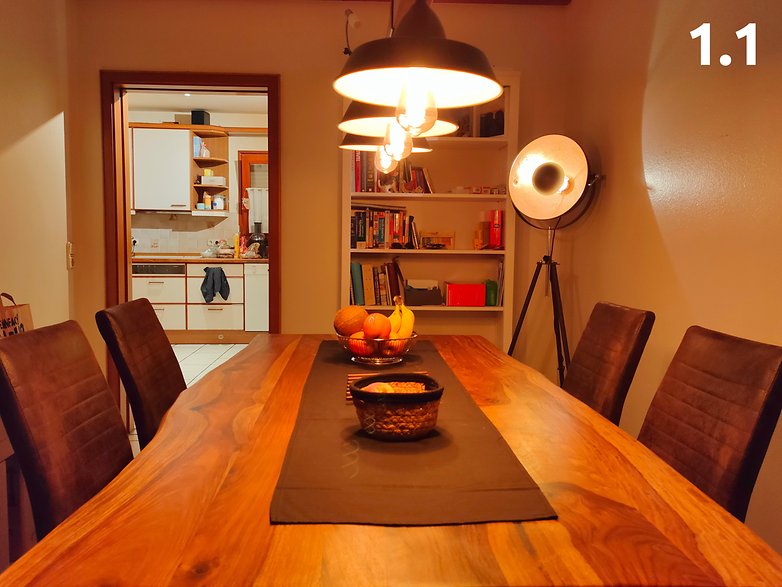 Real X3 Superzoom Real X3 Superzoom |
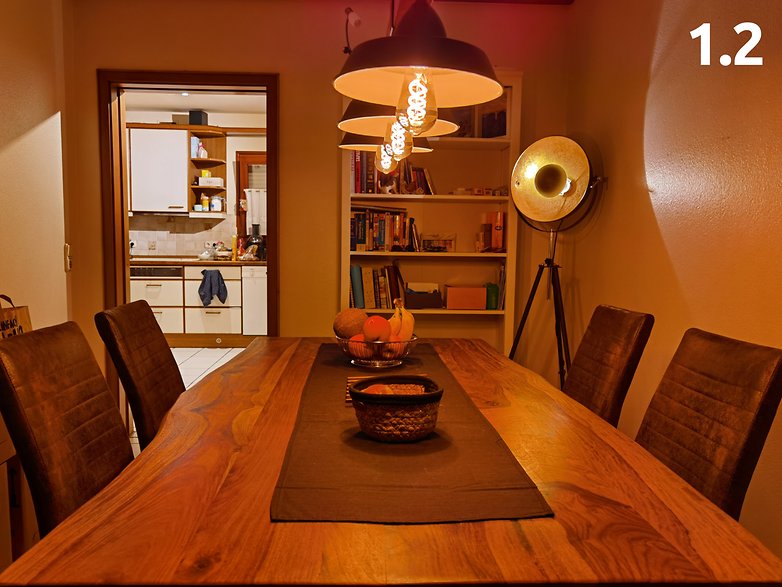 Huawei P40 Pro+ Huawei P40 Pro+ |
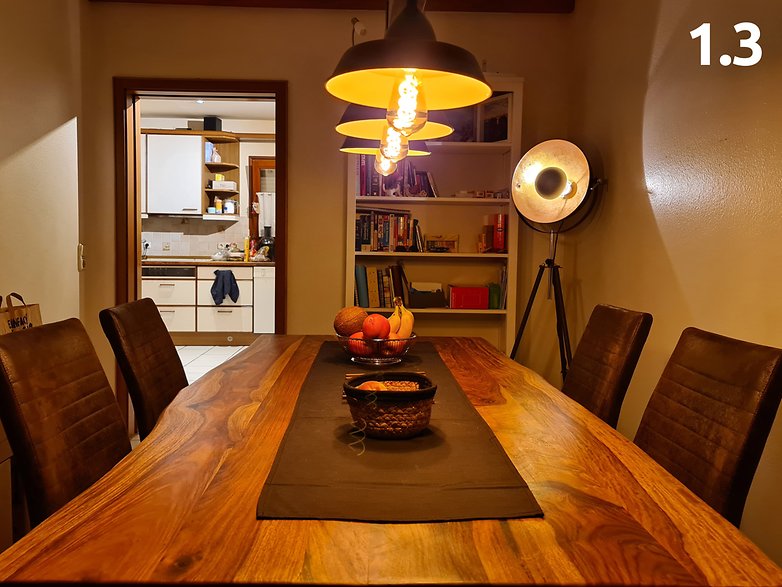 Samsung Galaxy S20 Ultra Samsung Galaxy S20 Ultra |
 OnePlus 8 Pro OnePlus 8 Pro |
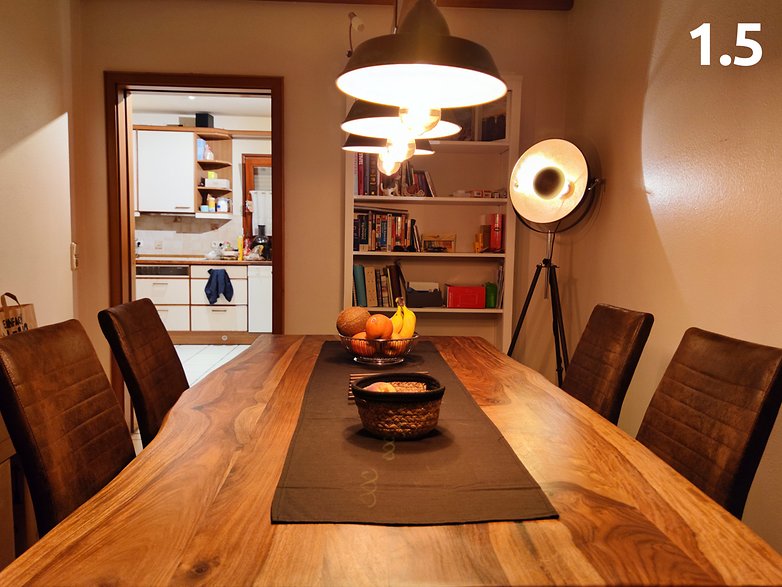 Xiaomi Mi 10 Pro Xiaomi Mi 10 Pro |
2. Portrait under daylight, 2x zoom
The Samsung Galaxy S20 Ultra also wins the portrait comparison. This may have been due to the good reproduction of skin tones, but it may also have been due to the very strong bokeh which is standard - do you like very soft backgrounds?
Comparison pictures: Portrait under daylight, 2x zoom
 Samsung Galaxy S20 Ultra Samsung Galaxy S20 Ultra |
 Xiaomi Mi 10 Pro Xiaomi Mi 10 Pro |
 Real X3 Superzoom Real X3 Superzoom |
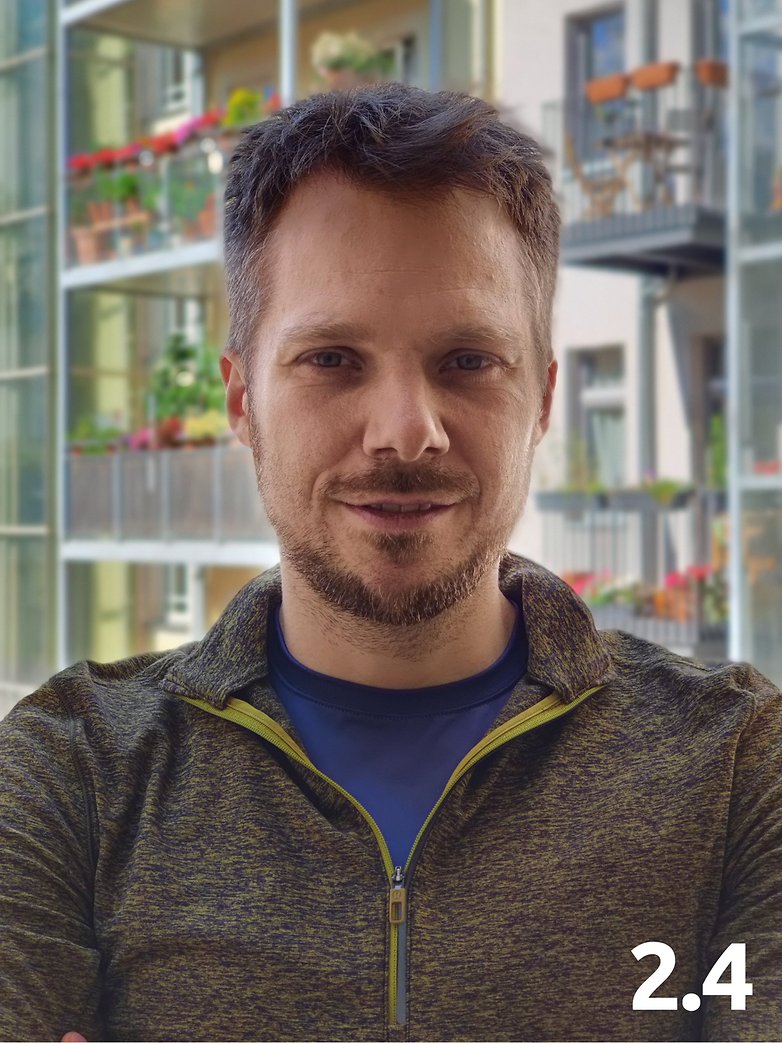 OnePlus 8 Pro OnePlus 8 Pro |
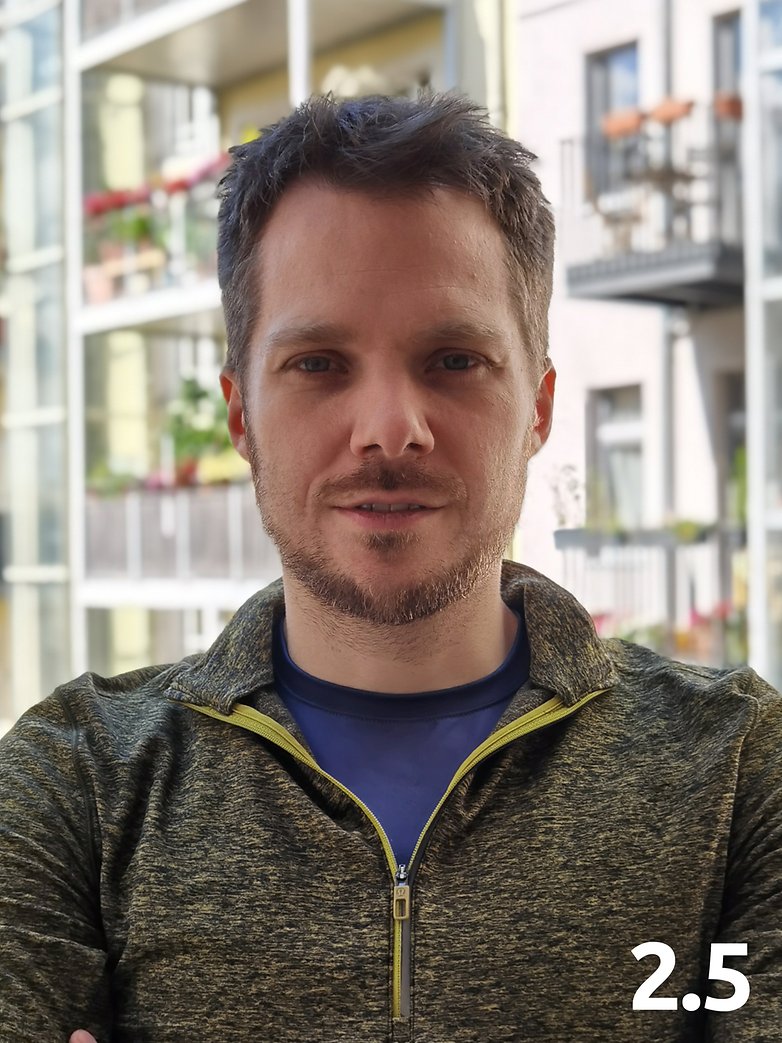 Huawei P40 Pro+ Huawei P40 Pro+ |
3. 10x zoom, daylight
A powerful zoom does help a lot. Accordingly, the Huawei P40 Pro+ was able to assert itself here, which is not surprising in view of the image quality, especially when viewed at a higher magnification. A small surprise, on the other hand, is the Xiaomi Mi 10 Pro, which some of you voted to place it in second place before the Realme X3 Superzoom Galaxy S20 Ultra. My personal ballot would have looked different.
Comparison pictures: Blackberries under daylight, 10x zoom
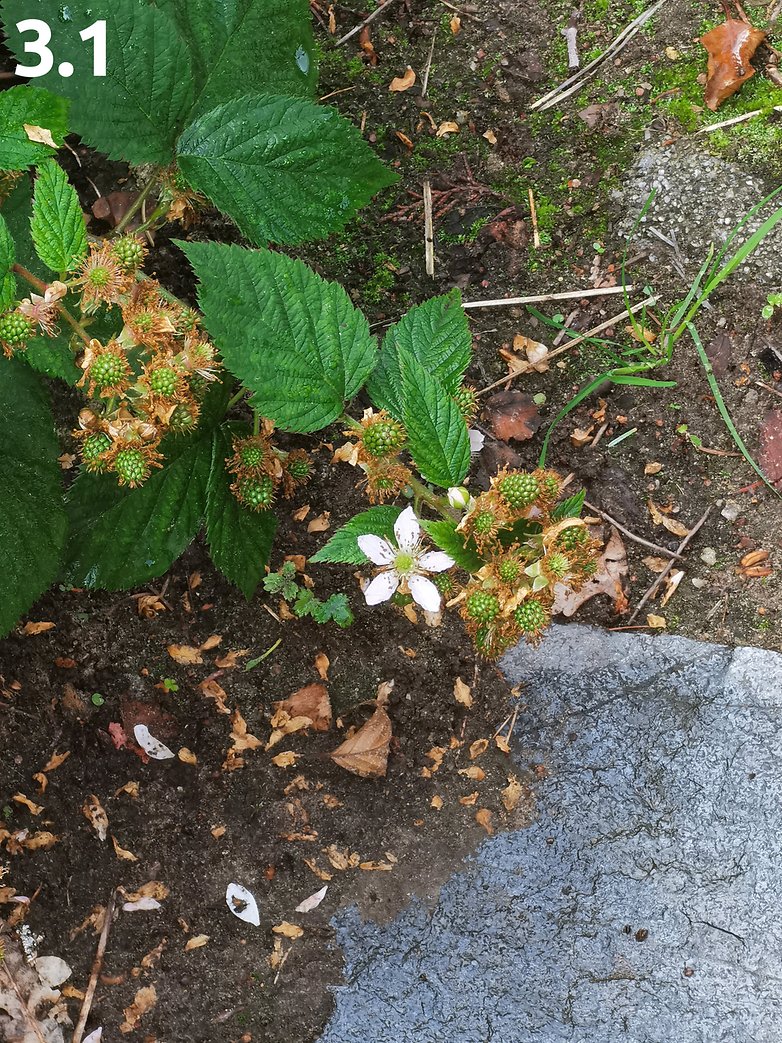 Huawei P40 Pro+ Huawei P40 Pro+ |
 OnePlus 8 Pro OnePlus 8 Pro |
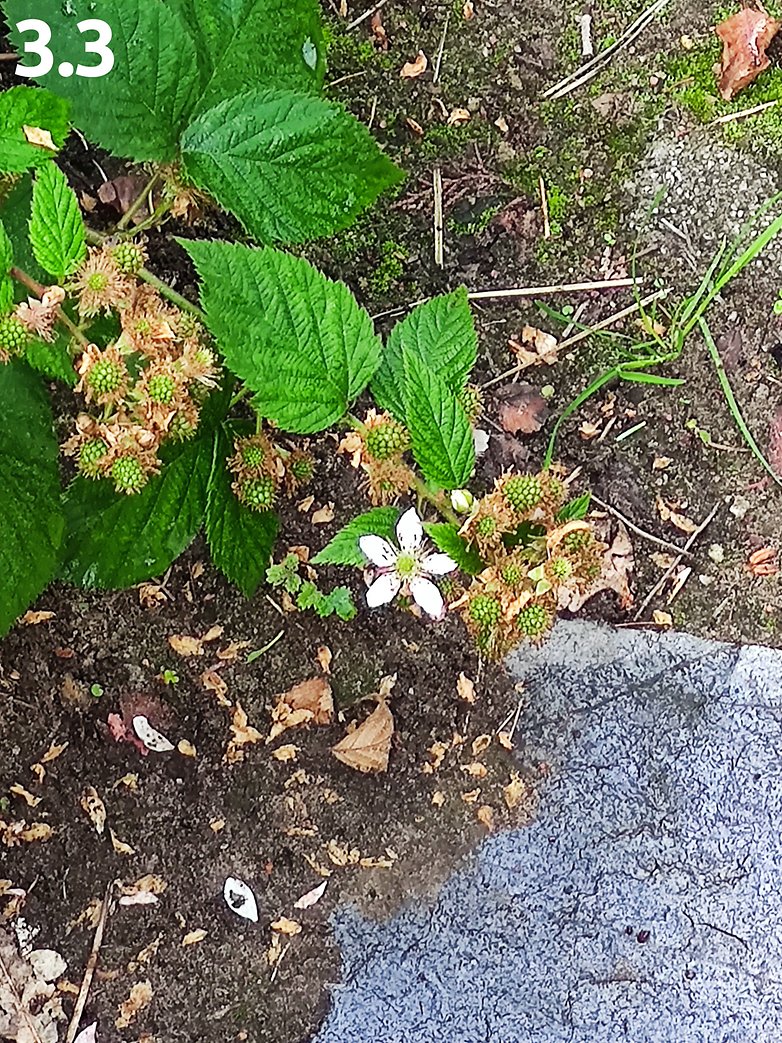 Xiaomi Mi 10 Pro Xiaomi Mi 10 Pro |
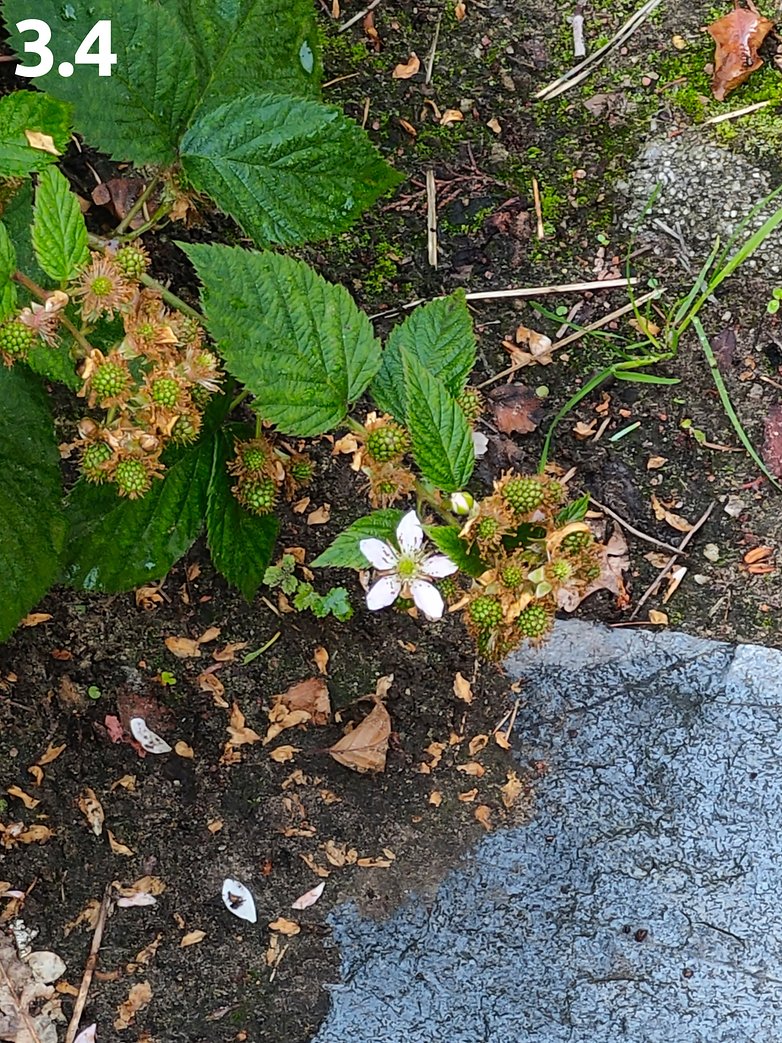 Real X3 Superzoom Real X3 Superzoom |
 Samsung Galaxy S20 Ultra Samsung Galaxy S20 Ultra |
4. Night shots with Night Mode
Huawei is well-known for their Night Mode - and could perhaps convince you as well. Correspondingly, the Huawei P40 Pro+ racked up more than 50 percent of the votes. In second place is the Xiaomi Mi 10 Pro with only 23 percent. Ouch.
Comparison pictures: Night shot with Night Mode
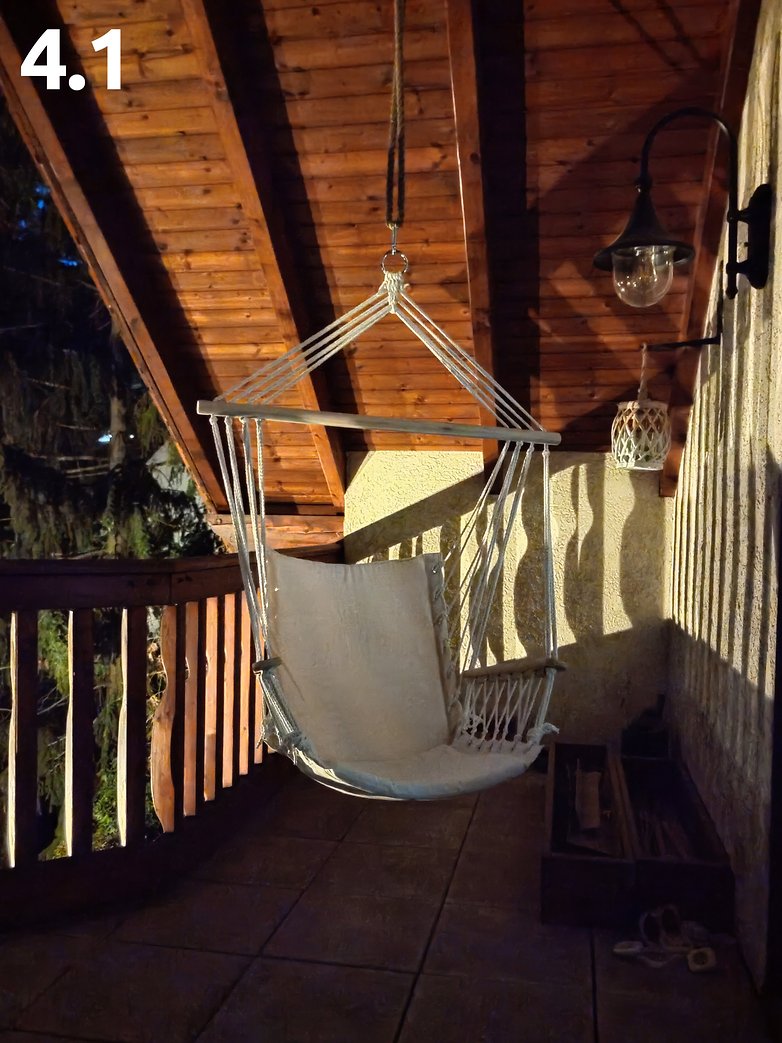 Xiaomi Mi 10 Pro Xiaomi Mi 10 Pro |
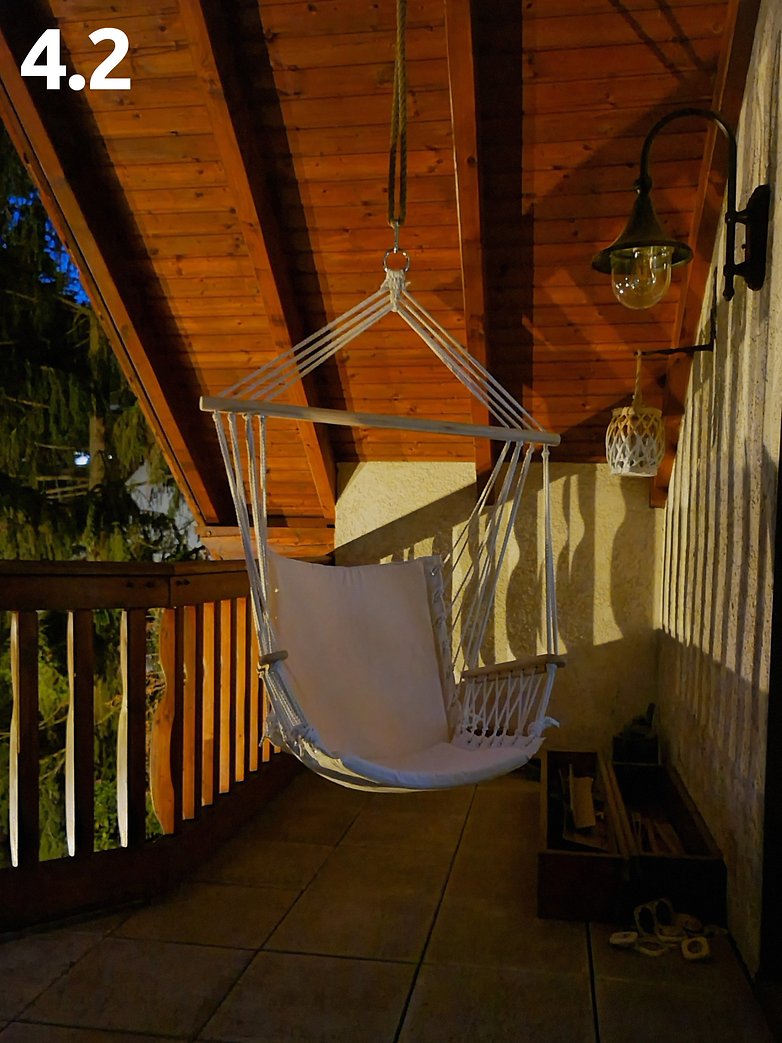 Samsung Galaxy S20 Ultra Samsung Galaxy S20 Ultra |
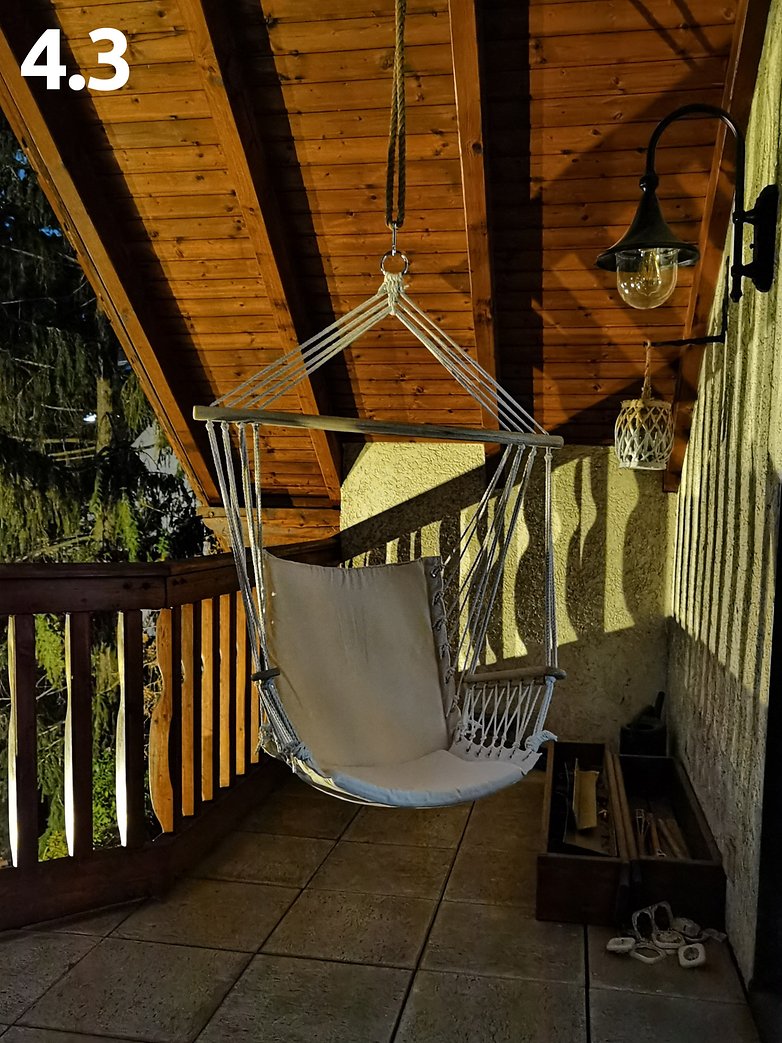 Huawei P40 Pro+ Huawei P40 Pro+ |
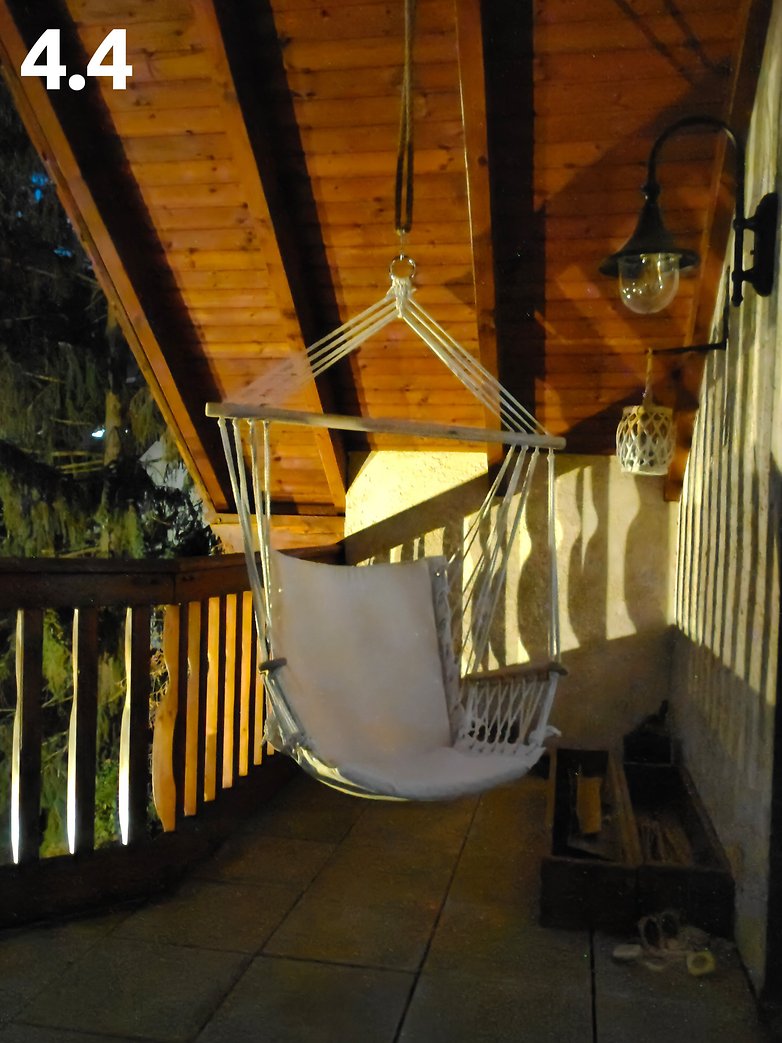 Image Realme X3 Superzoom Image Realme X3 Superzoom |
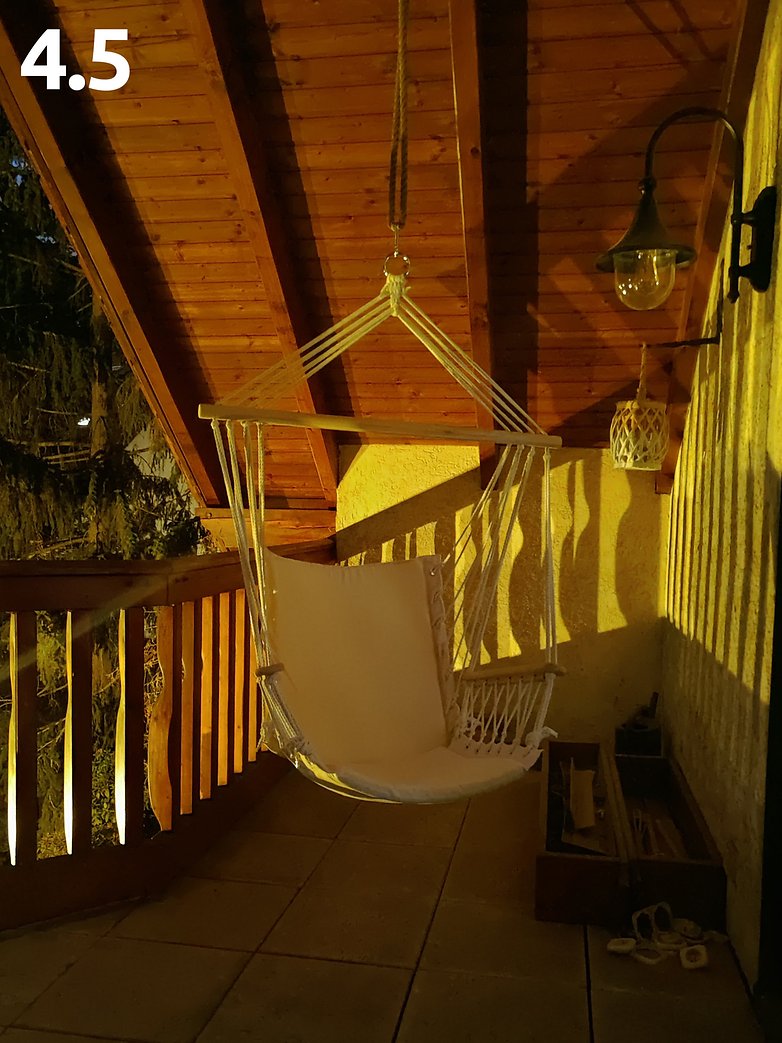 OnePlus 8 Pro OnePlus 8 Pro |
5. Night shot without Night Mode
Without Night Mode, with several seconds of exposure, the tide turns quickly: In this scenario, the Xiaomi Mi 10 Pro achieved close to 50 percent of the votes, while the Huawei P40 Pro+ has to be content with second place at 29 percent.
Comparison pictures: Night scene without Night Mode
 OnePlus 8 Pro OnePlus 8 Pro |
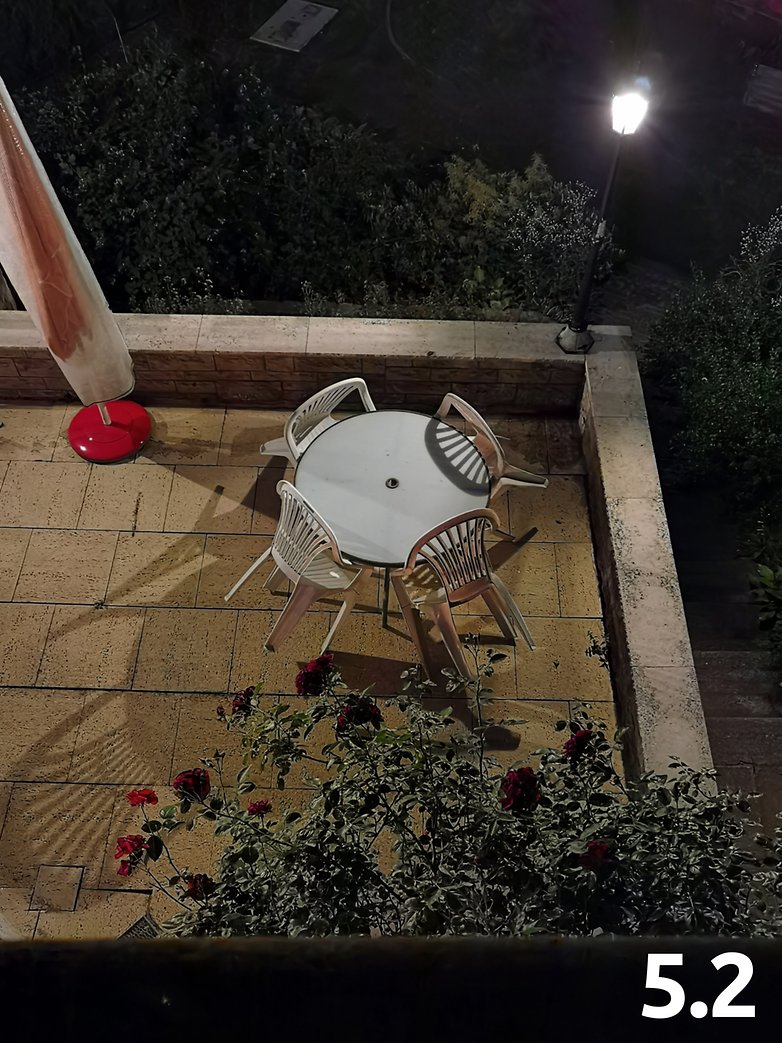 Huawei P40 Pro+ Huawei P40 Pro+ |
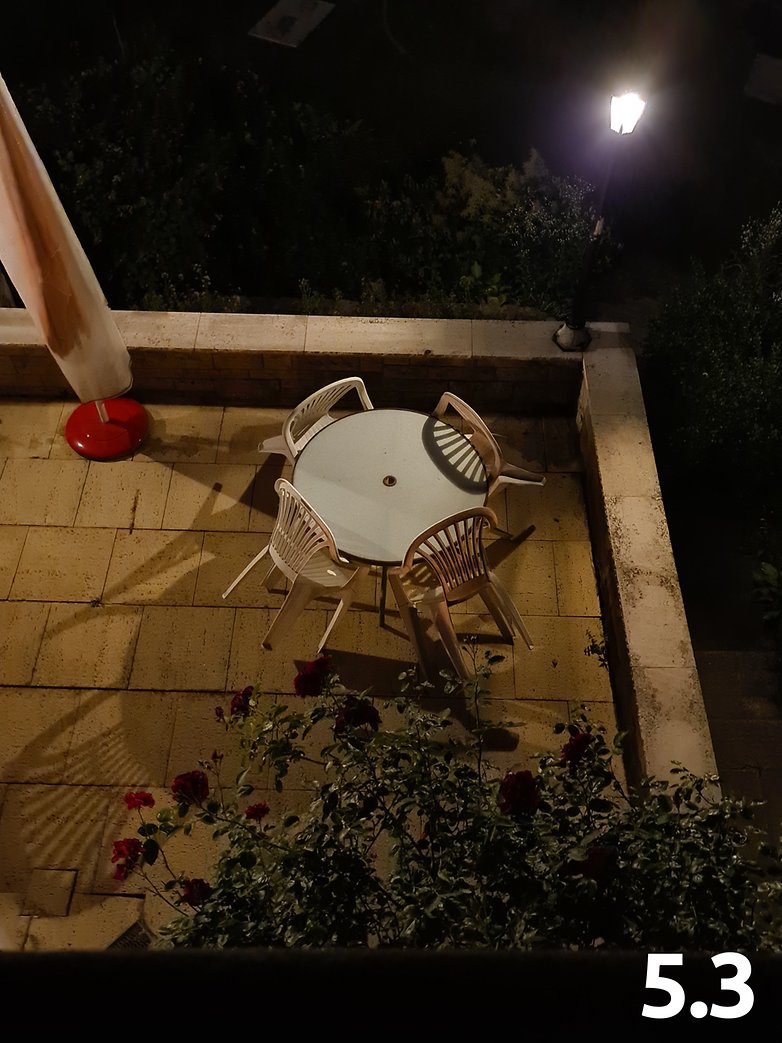 Samsung Galaxy S20 Ultra Samsung Galaxy S20 Ultra |
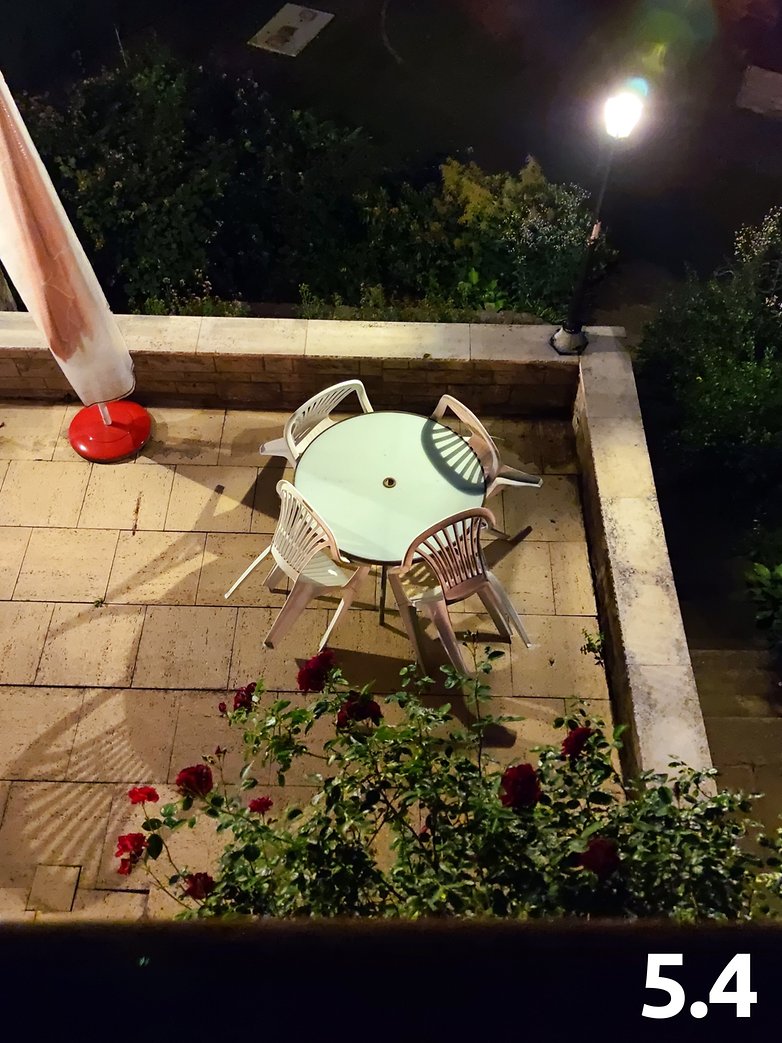 Xiaomi Mi 10 Pro Xiaomi Mi 10 Pro |
 Real X3 Superzoom Real X3 Superzoom |
6. Ultra-wide-angle, daylight
In ultra-wide-angle, all of the smartphones delivered decent results overall. Nevertheless, the Xiaomi Mi 10 Pro remains at the top of the podium in the end, followed by the OnePlus 8 Pro and the Samsung Galaxy S20 Ultra.
Comparison pictures: Ultra-wide-angle, daylight
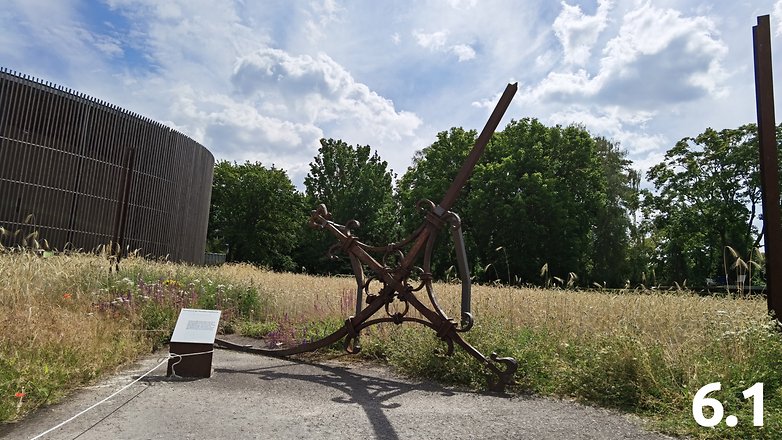 Huawei P40 Pro+ Huawei P40 Pro+ |
 Real X3 Superzoom Real X3 Superzoom |
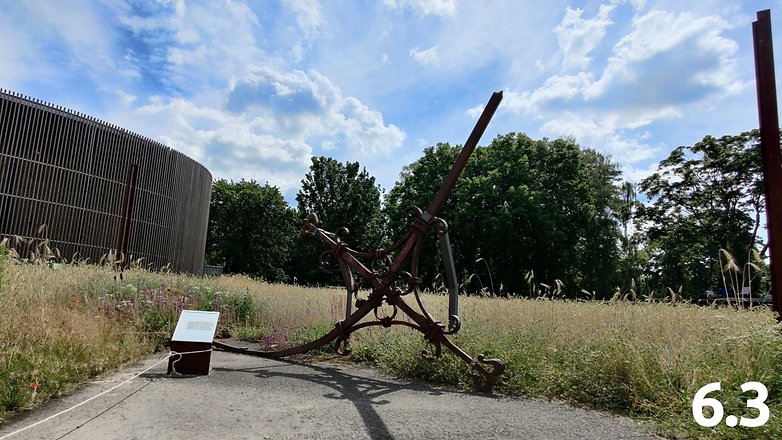 OnePlus 8 Pro OnePlus 8 Pro |
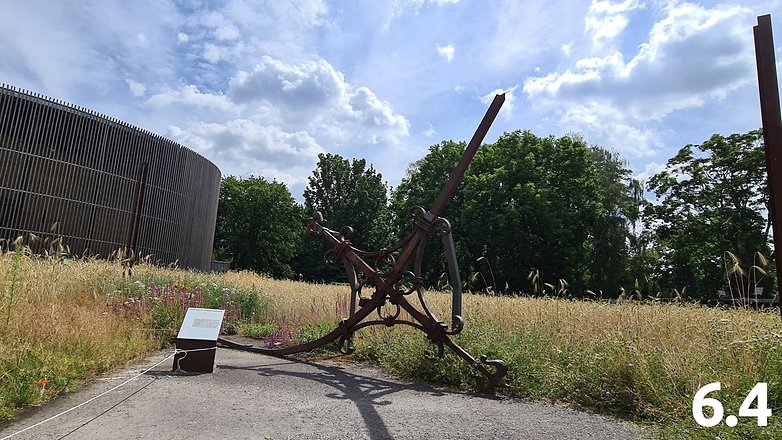 Samsung Galaxy S20 Ultra Samsung Galaxy S20 Ultra |
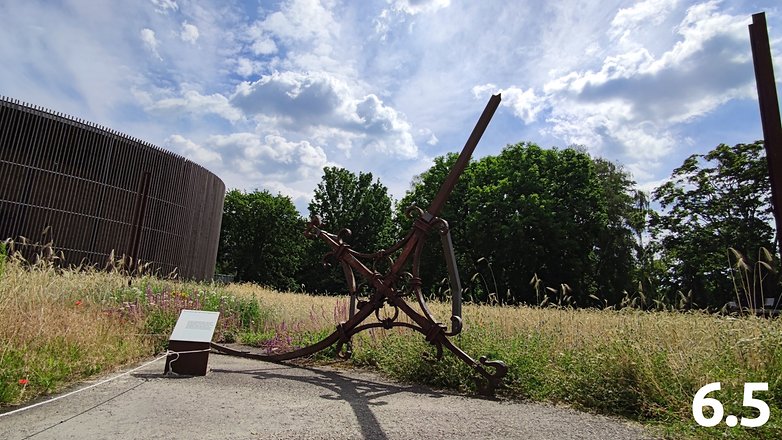 Xiaomi Mi 10 Pro Xiaomi Mi 10 Pro |
7. Selfie, daylight
OnePlus was able to catch up quite well when it came to selfies - but it was still not enough to catch up with the top. With 36 percent, the OnePlus 8 Pro prevailed here against the Huawei P40 Pro+ (32 percent).
Comparison pictures: Selfie, Daylight
 OnePlus 8 Pro OnePlus 8 Pro |
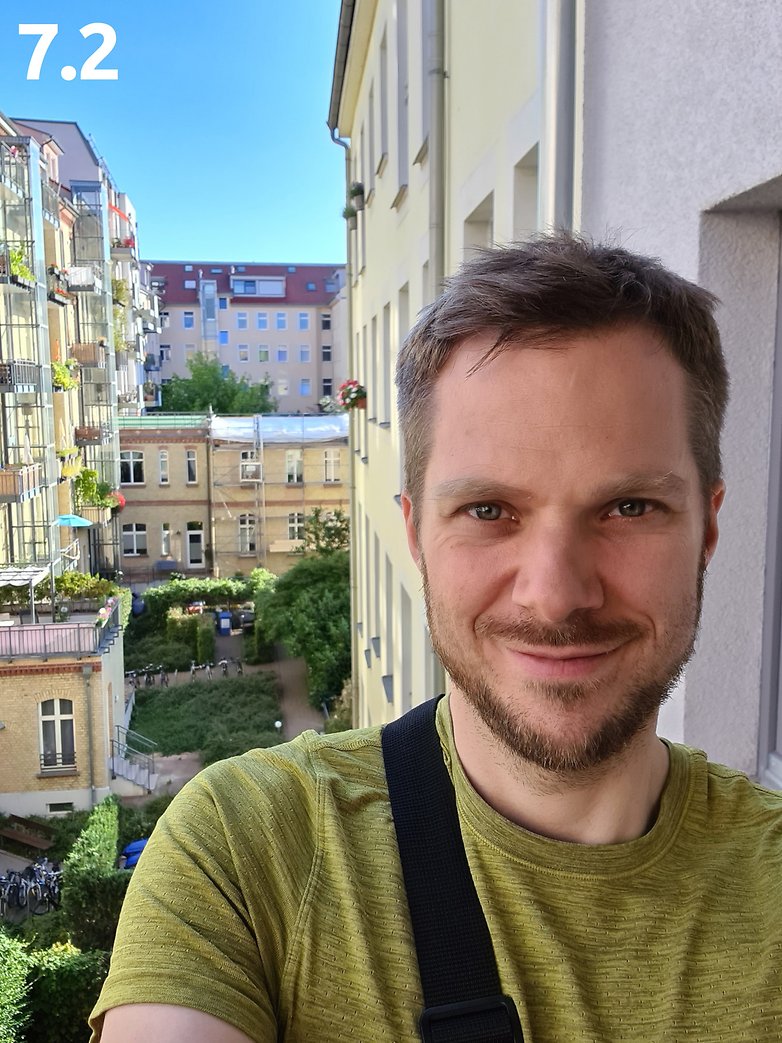 Samsung Galaxy S20 Ultra Samsung Galaxy S20 Ultra |
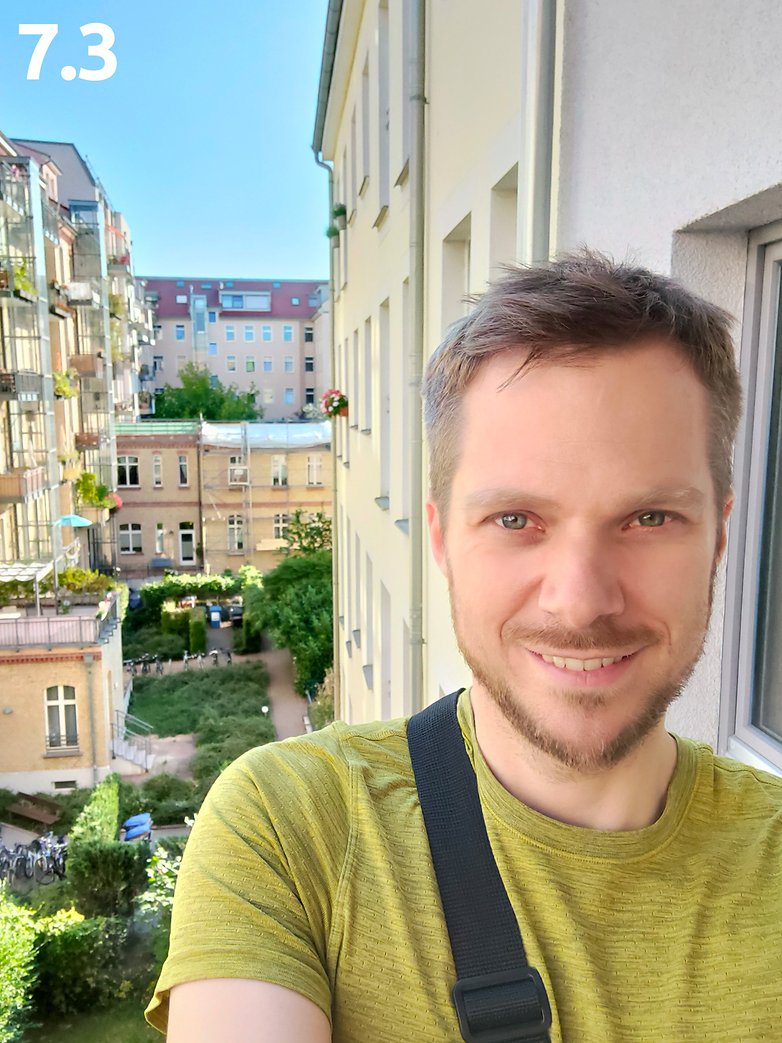 Real X3 Superzoom Real X3 Superzoom |
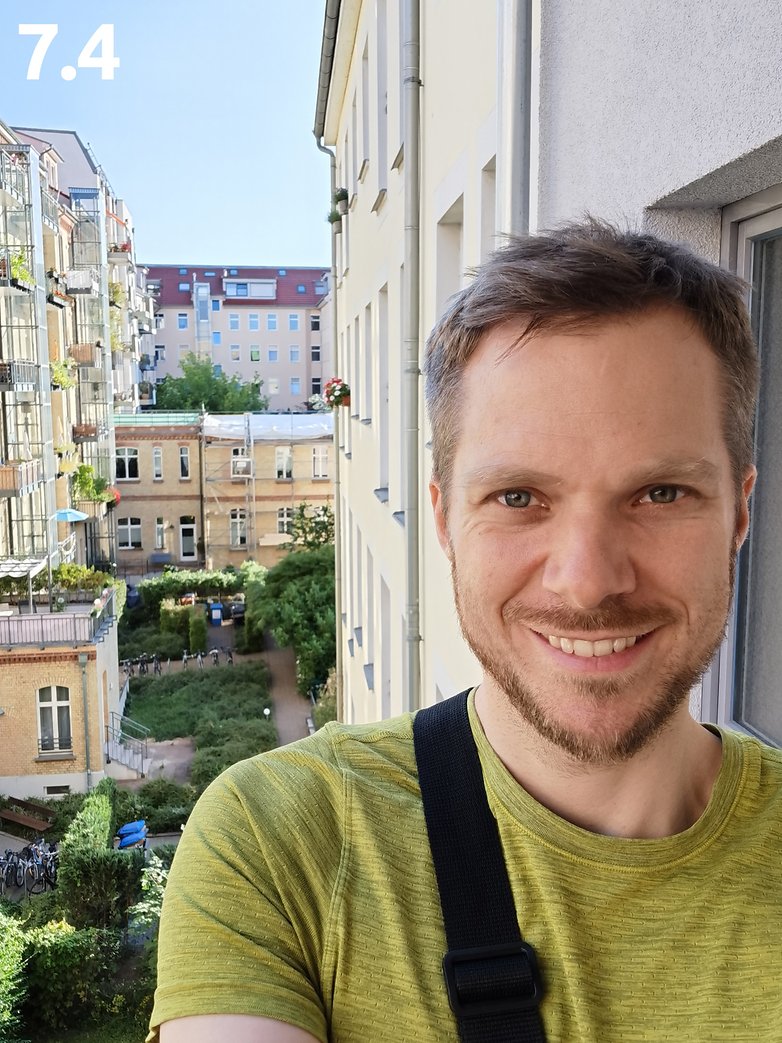 Huawei P40 Pro+ Huawei P40 Pro+ |
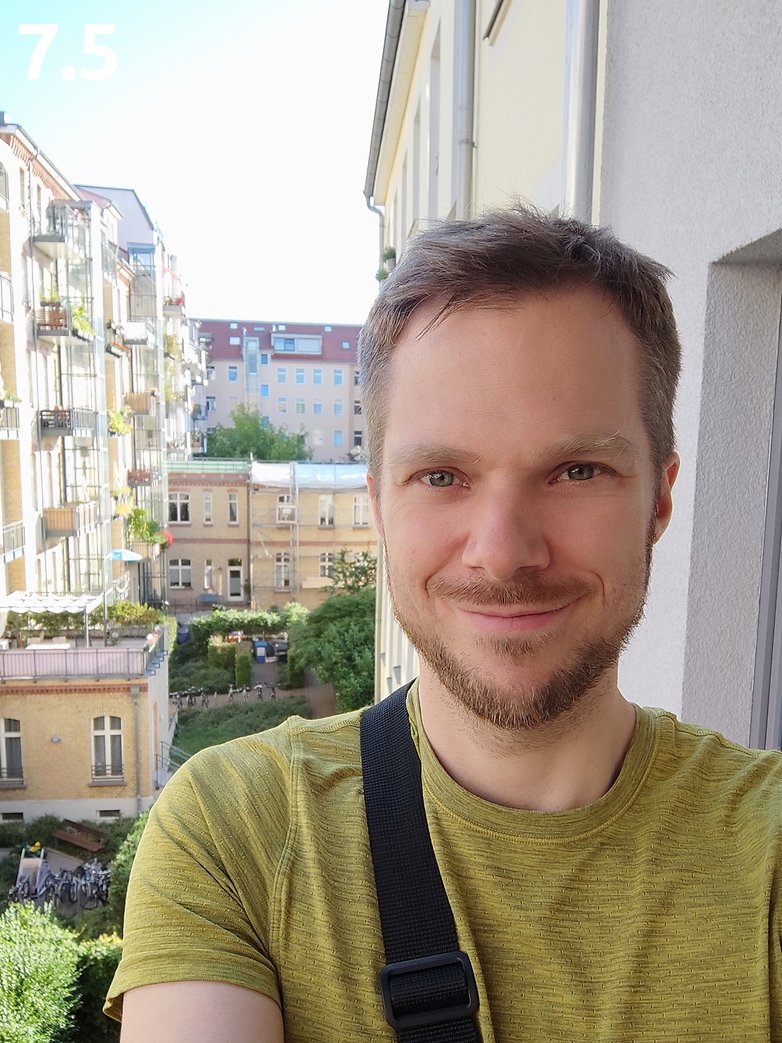 Xiaomi Mi 10 Pro Xiaomi Mi 10 Pro |
What do you think of the results? Does your personal perception agree with the majority of NextPit users? We look forward to your comments!

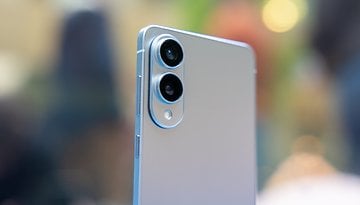
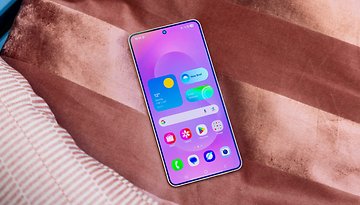
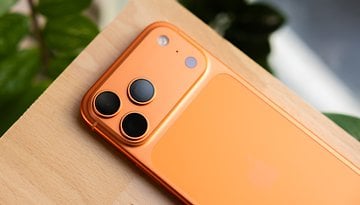
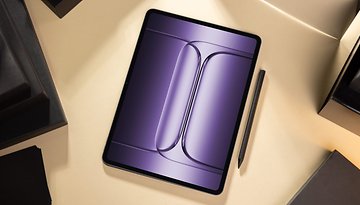

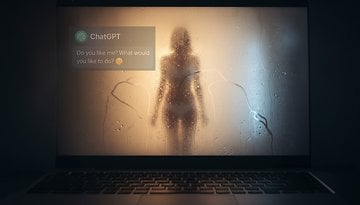
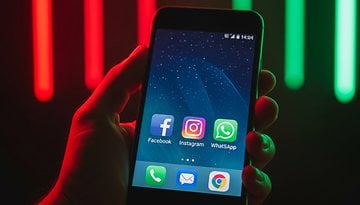
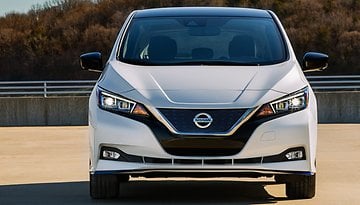
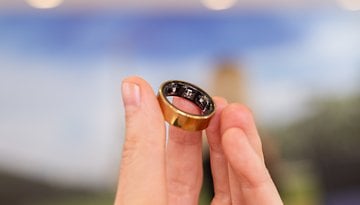
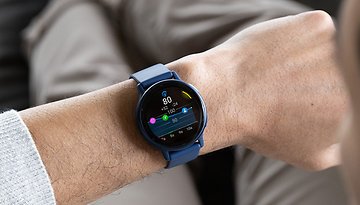
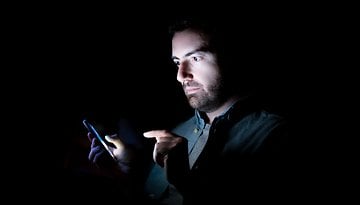


-
Admin
Jul 23, 2020 Link to commentA real camera is what one needs to take good photos
I would bin all the photos, please please please next time have professionals to test them
Why have "professionals" test them? Are professionals the ones that will use them? Not likely. I'm not a professional, but, the only thing I use my phone camera for, is to snap work related photos. For everything else, I use my d-SLR. Since NON professionals will be using this, and most, do not take in consideration are they shooting with the light behind them or in front of them, I would prefer to see how the phone handles improperly lit situations. Will it meter the background and have the focal point of the subject too dark, or will it meter the focal point, and have the background blown out.